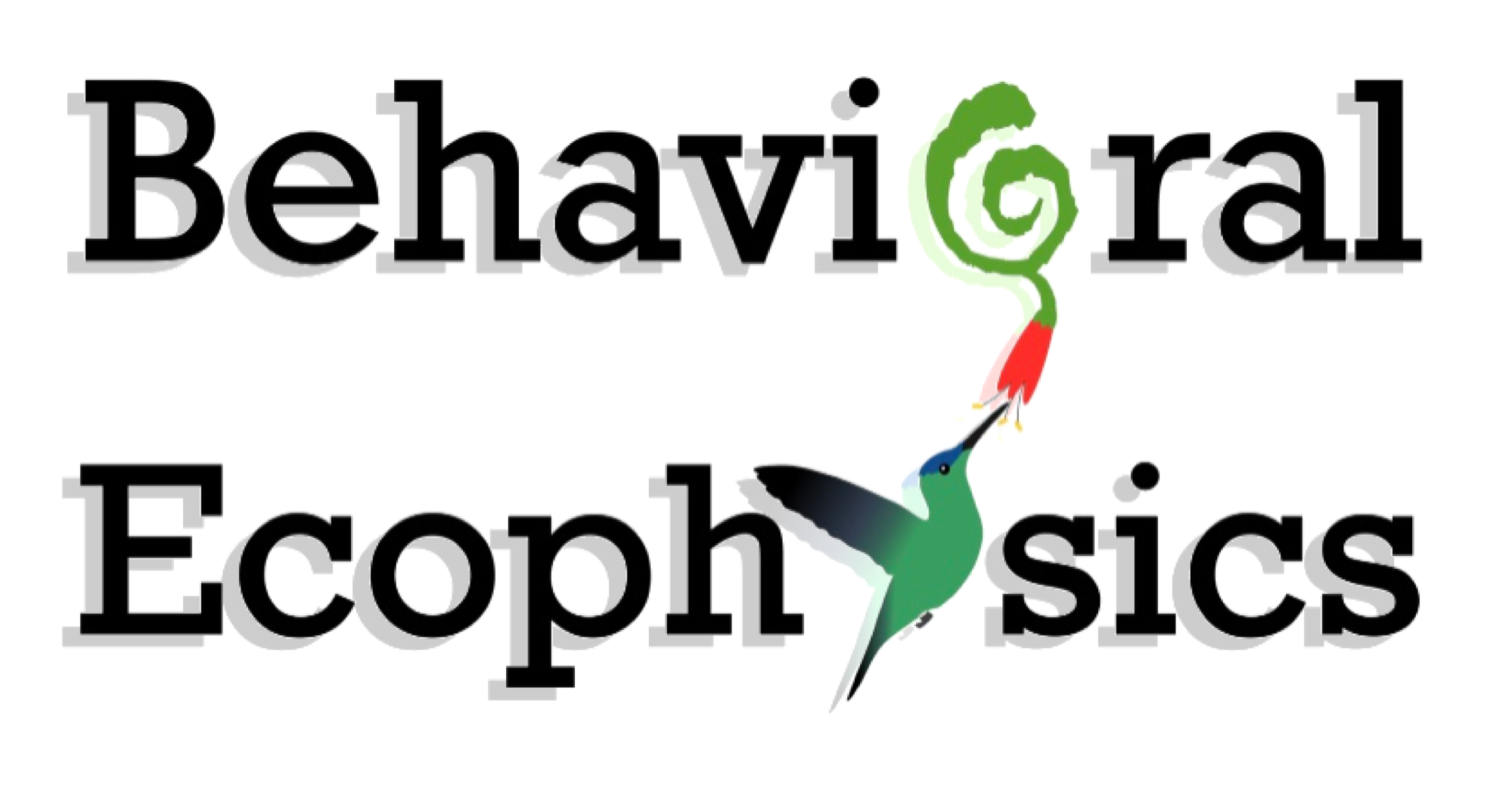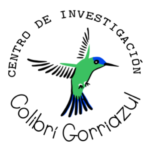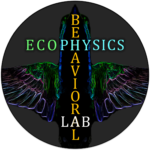PROJECTS
3D Modelling Projects
(Morphoteam, CT scanning, Photogrammetry)
Multiple projects we are working on require the 3D digitization of hummingbird forms. We are using Burke Museum specimens to visualize bill serrations that are used as weapons (https://onlinelibrary.wiley.com/doi/abs/10.1111/brv.12436). Using programs such as 3D Slicer and SlicerMorph (https://slicermorph.github.io/ ), we create 3D forms that can be 3D printed (add OBJ file here). With all of this, we can characterize bill attributes as well as strength and from metrics, while we leave museum specimens safe and intact. But this is just one way we get this workflow.
Multiple projects we are working on require the 3D digitization of hummingbird forms. We are using Burke Museum specimens to visualize bill serrations that are used as weapons (https://onlinelibrary.wiley.com – /doi/abs/10.1111/brv.12436). Using programs such as 3D Slicer and SlicerMorph (https://slicermorph.github.io/ ), we create 3D forms that can be 3D printed (add OBJ file here). With all of this, we can characterize bill attributes as well as strength and from metrics, while we leave museum specimens safe and intact. But this is just one way we get this workflow.
Using CT scans we also can study things happening inside the hummingbirds’ bills that we can’t see when they’re feeding and flying (have we mentioned they move pretty fast?). By obtaining high resolution reconstructions, we can create models of the tongue and obtain fluid dynamic measurements. A brave group of undergraduates regularly help us with creating procedures as well as taking these measurements– they are our MorphoTeam! This is a front for us that we are excited about and want to keep exploring!

“One of our primary goals with this project is to make these types of reconstructions accessible to students, made possible by a grant from the UW Student Technology Fee”
3D digitization doesn’t happen for us just with CT Scanners. Through collaboration with Digital Life 3D (http://digitallife3d.org/) we have begun the construction of a 3D Macro Photogrammetry set-up.Photogrammetry utilizes several cameras in a 3D space, centered around a subject of interest (for us, flowers and hummingbirds). Each No one of these cameras can see the whole subject, but rather we are pretending each cameras is a can of spray paint, and a trigger of the cameras is a spray of the paint. One trigger/spray with one camera won’t cover the sample. One spray from 4 cameras will start to cover it. But if we take multiple shots (sprays), with 8 cameras, while moving the cameras and/or subject, now we’re starting to get a full picture. These photos can then be stitched together using programs such as Meshroom, Metashape, and Blendr. One of our primary goals with this project is to make these types of reconstructions accessible to students, made possible by a grant from the UW Student Technology Fee (https://uwstf.org/). This project will have further outreach in an activation window at the Burke Museum. We want to communicate that these types of reconstructions can be done with consumer grade cameras and open source programs!


